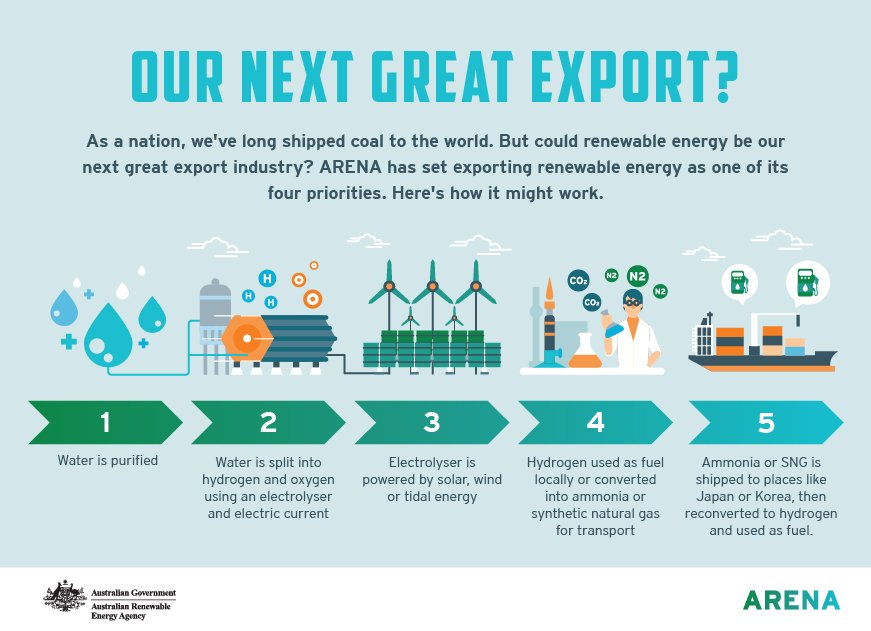THREAD
In 2019 we built ~6GWs of wind and solar. If we want to get to 100% renewables by the early 2030 (quicker than Climate Works suggests is needed but in line with what @BillHareClimate and Climate Analytics suggest is needed)...
A lot less than what some leading academics say is needed and a LOT less than is needed to create a renewable export industry
c) how important building more transmission is to decarbonising other sectors of the economy and unlocking renewable exports.




